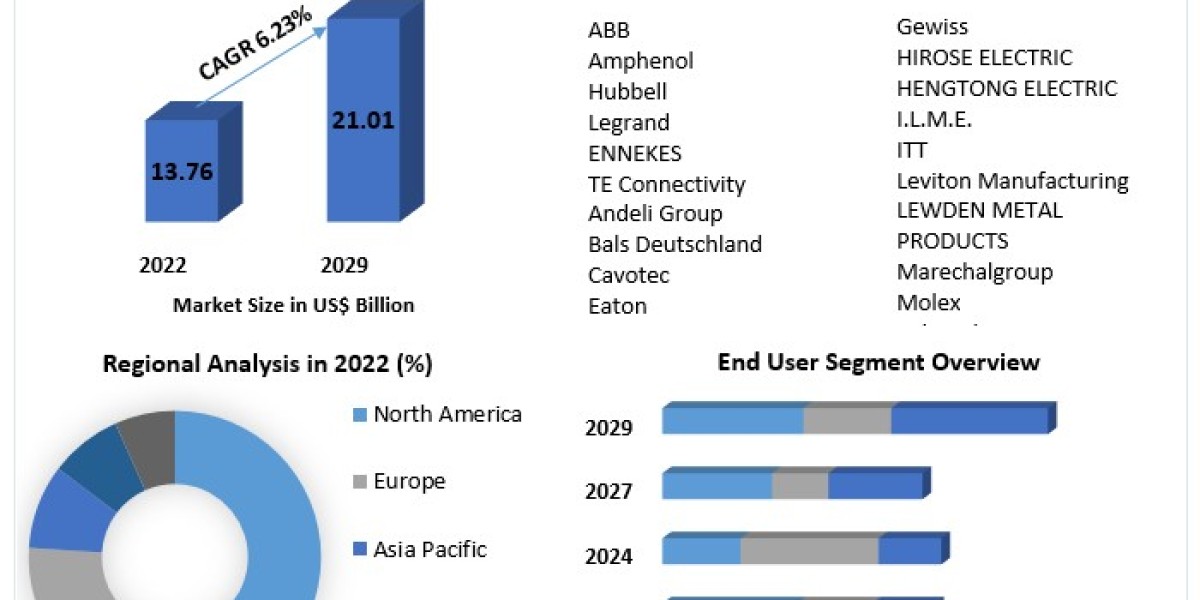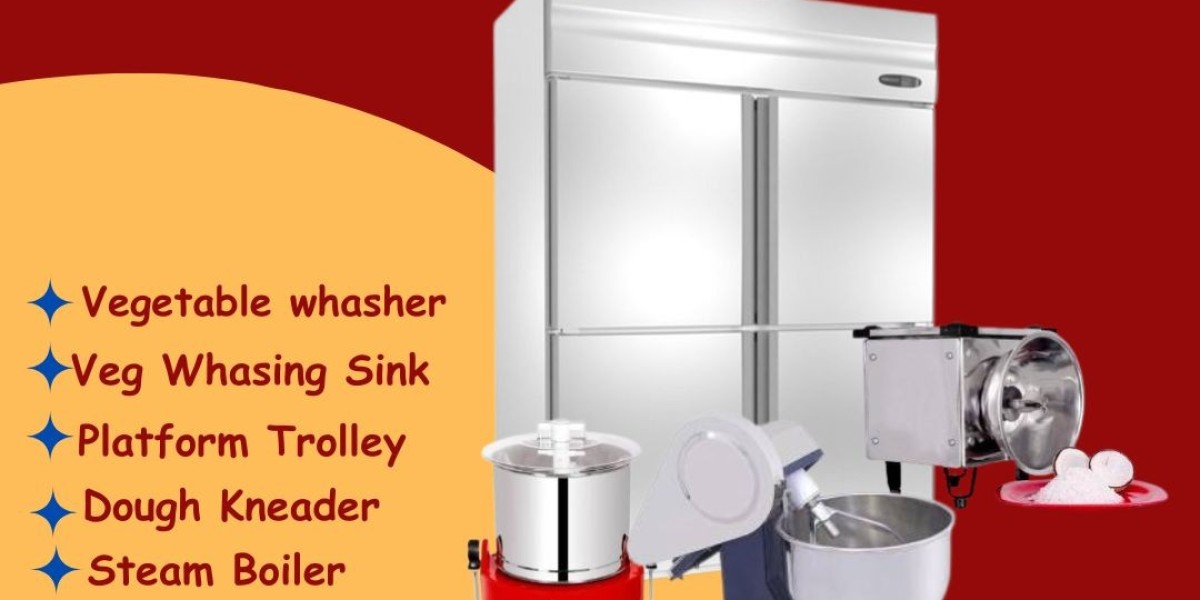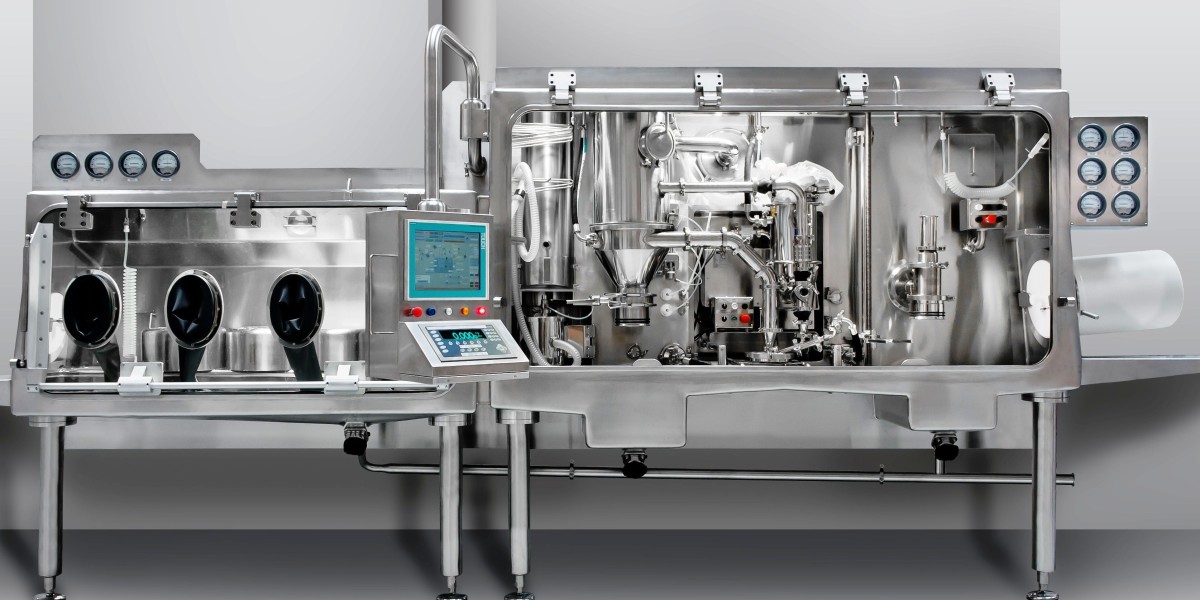The healthcare industry has always been at the forefront of technological innovation, and the rise of doctor home visits is no exception. While home-based medical care has existed for centuries, recent advancements in technology have made it easier, more efficient, and more accessible than ever before. From telemedicine tools to mobile health devices, the integration of technology into home visit services is reshaping how healthcare is delivered.
1. Telemedicine: Virtual Consultations and Remote Monitoring
One of the most significant advancements in healthcare technology is telemedicine, which enables healthcare providers to conduct virtual consultations and monitor patients remotely. Doctor home visits increasingly leverage telemedicine to improve care delivery, especially for patients who require ongoing management or those who live in remote areas.
Virtual Consultations: Doctors can use video calls, phone consultations, or secure messaging platforms to interact with patients before or after an in-person home visit. This allows for more flexible scheduling, follow-up care, and timely responses to medical concerns.
Remote Monitoring: For patients with chronic conditions, such as diabetes or heart disease, remote monitoring devices allow doctors to track vital signs like blood pressure, glucose levels, heart rate, and oxygen saturation in real time. These devices send data directly to the doctor, enabling them to make informed decisions about treatment without requiring the patient to leave their home.
2. Mobile Health Devices: On-the-Go Diagnostics
Advancements in mobile health devices have made it possible for doctors to diagnose and treat patients right at their doorsteps. These portable devices enable doctors to perform a range of diagnostic tests during a doctor home visit, offering a more comprehensive and immediate assessment of the patient’s health.
Portable ECG Machines: Electrocardiograms (ECGs) can now be performed at home with compact, handheld devices that allow doctors to measure heart health in real time. This can be particularly useful for elderly patients or those with heart conditions who require frequent monitoring.
Blood Pressure Monitors: Portable blood pressure cuffs help doctors monitor hypertension during home visits, ensuring timely intervention and reducing the risk of complications related to high blood pressure.
Pulse Oximeters: A pulse oximeter measures blood oxygen levels, which is crucial for patients with respiratory conditions like asthma or COPD (chronic obstructive pulmonary disease). These devices can quickly assess a patient's oxygen levels, providing immediate insights into their condition.
Thermometers and Glucometers: Portable thermometers and glucometers allow doctors to check a patient's body temperature or blood sugar levels on the spot, enhancing the accuracy and speed of diagnosis.
By using these mobile health devices, doctors can provide high-quality care during home visits, ensuring that patients receive the same level of attention they would in a clinic.
3. Electronic Health Records (EHR) and Data Integration
One of the challenges of home-based care is maintaining up-to-date and accurate patient records. With the advent of electronic health records (EHR), doctors conducting home visits can now access a patient’s medical history, test results, and medications in real-time, ensuring seamless continuity of care.
Instant Access to Medical Records: During a home visit, a doctor can access a patient’s EHR on a mobile device, allowing them to review previous consultations, check lab results, and track medications. This real-time access helps doctors make informed decisions about treatment and avoid potential medication errors.
Data Integration: EHRs can integrate data from various sources, including remote monitoring devices, hospital visits, and specialist consultations. This gives the doctor a complete picture of the patient’s health, improving accuracy and ensuring the most effective care plan.
4. Health Apps: Empowering Patients to Take Control of Their Care
Health apps are playing an increasingly important role in doctor home visits, as they empower patients to actively participate in their own healthcare. Many apps allow patients to track their symptoms, manage medications, schedule doctor appointments, and communicate directly with their healthcare providers.
Symptom Tracking: Many health apps include features that allow patients to track their symptoms, such as pain levels, fatigue, or shortness of breath. This data can be shared with the doctor before or during a home visit, giving the healthcare provider valuable insights into the patient’s condition.
Medication Reminders: For patients with chronic conditions or complex treatment regimens, medication adherence can be a challenge. Health apps can send reminders to patients to take their medications on time, helping to ensure they stay on track with their treatment plan.
Communication with Doctors: Some apps allow for direct communication with doctors, enabling patients to ask questions, report changes in their condition, or get advice without needing to wait for an in-person visit. This immediate connection can be especially valuable for seniors or those with mobility issues.
By utilizing health apps, both doctors and patients can work together to improve the management of chronic conditions and overall health.
5. Artificial Intelligence (AI) and Predictive Analytics
Artificial Intelligence (AI) and predictive analytics are beginning to play an increasingly important role in healthcare, including doctor home visits. AI can analyze vast amounts of health data to identify patterns, predict potential health issues, and suggest personalized treatment plans.
Predictive Health Insights: AI-powered algorithms can help doctors predict health risks based on the patient’s medical history, lifestyle factors, and vital signs. For example, AI can analyze a diabetic patient’s blood glucose data and predict when their levels are likely to become unstable, prompting proactive interventions.
Personalized Treatment Plans: AI can also assist in creating personalized treatment plans by analyzing a patient’s specific needs and providing recommendations for medications, lifestyle changes, or follow-up care. This level of personalization improves patient outcomes and enhances the overall effectiveness of home-based care.
6. Secure Communication and Data Privacy
With the increased use of technology in doctor home visits, security and privacy are paramount. Healthcare providers are required to comply with strict regulations, such as HIPAA (Health Insurance Portability and Accountability Act), to ensure patient data is protected.
Encrypted Communication: Telemedicine platforms and mobile apps used during home visits typically employ encryption protocols to ensure that sensitive patient information remains secure. This protects the patient’s privacy and builds trust between patients and healthcare providers.
Data Security: Patient data shared during home visits, whether it’s through remote monitoring devices, telemedicine consultations, or EHRs, is stored securely. Healthcare providers use secure cloud-based platforms to protect data from unauthorized access, ensuring confidentiality and privacy at all times.
Conclusion
The technology behind doctor home visits is transforming the way healthcare is delivered, making it more accessible, efficient, and personalized. From telemedicine consultations to mobile health devices, the integration of cutting-edge tools into home-based care ensures that patients receive high-quality healthcare in the comfort of their own homes.
As technology continues to advance, the future of doctor home visits looks promising. With greater connectivity, more sophisticated diagnostic tools, and enhanced data integration, home visits will become an even more integral part of the healthcare landscape—offering convenience, comfort, and comprehensive care for patients of all ages.
If you’re considering a doctor home visit, know that the use of these technologies is helping to make healthcare more efficient, secure, and personalized than ever before.








